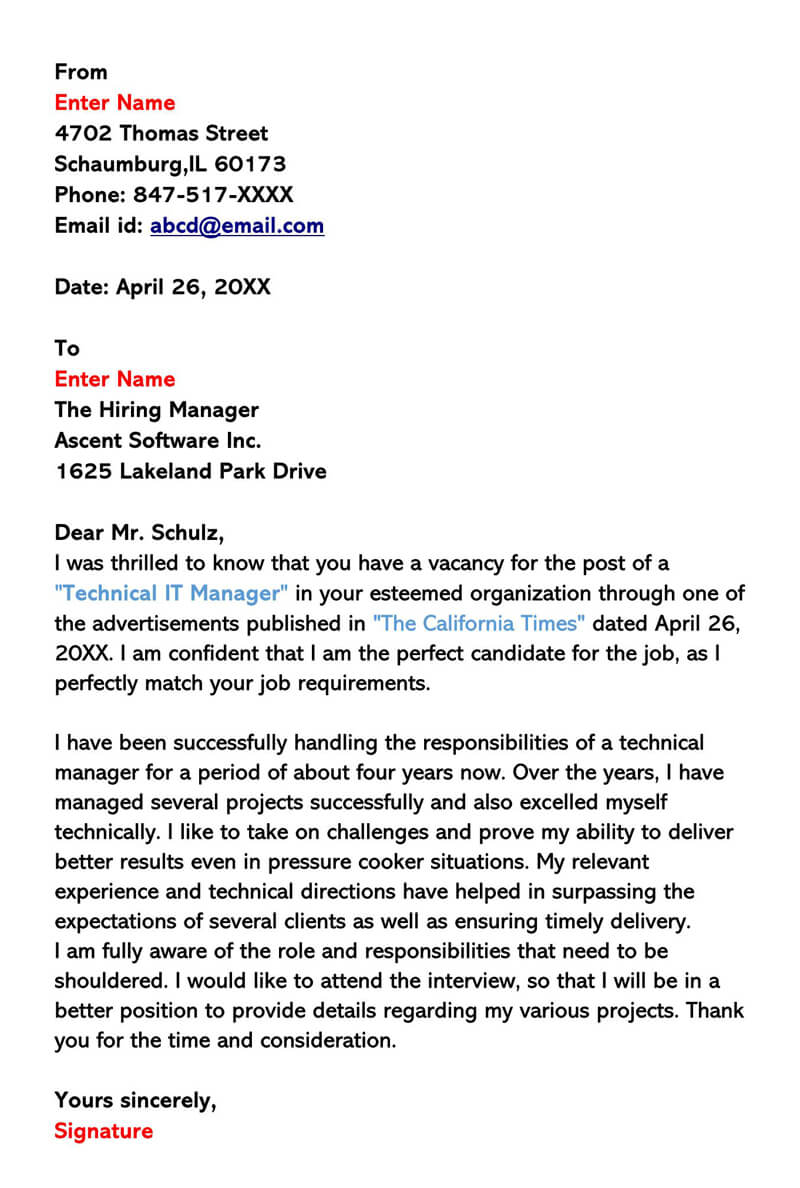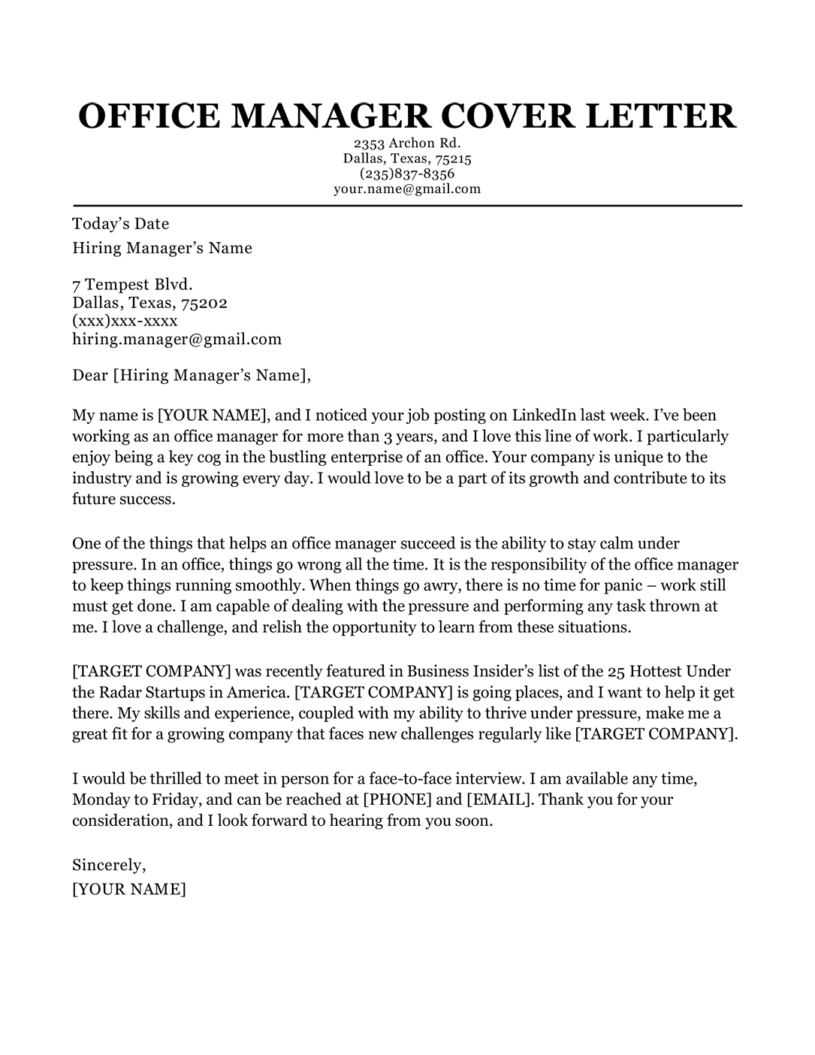


Today, the UPLC platform no longer describes a single system. To date, Waters has installed thousands of UPLC systems, replacing the workload of tens of thousands of HPLC systems, supported more than 500 peer-reviewed papers, demonstrated reduced solvent consumption up to 95 percent for greener laboratories, and has served the needs of regulatory agencies around the globe. The result has been significant improvements in analytical resolution and sensitivity while increasing analytical speed. Six years ago, Waters pioneered a new category of chromatographic performance with the commercialization of sub-2-µm (micron) particle columns engineered in tandem with advanced instrumentation and fluidics modules to deliver superior performance at higher pressures through the introduction of ACQUITY UPLC. In addition, Method Development and Method Validation kits are available to ensure efficient method development and robustness. These new kits contain both UPLC and HPLC columns, with specified chemistry, and an ACQUITY UPLC Columns Calculator, all designed to take the guess work out of method transfer.
Sample manager samplicity upgrade#
The result is seamless upgrade of chromatographic capabilities.īacked by a range of ACQUITY UPLC columns that include three particle substrates in 11 chemistries, all of which are scaleable between HPLC and UPLC particle sizes, the ACQUITY UPLC H-Class introduction is complemented by new ACQUITY UPLC Method Transfer kits. The featured QSM and SM-FTN on the ACQUITY UPLC H-Class combine to enable the chromatographer to achieve high separation efficiency using sub-2-µm (micron) particle separations at high pressures. The answer to achieving UPLC performance and benefits without fundamentally modifying HPLC workflows came in the form of the ACQUITY UPLC H-Class’ new quaternary solvent manager (QSM) and sample manager (SM-FTN), with flow-through needle design, thereby mimicking traditional HPLC system workflow. “So much so that today’s HPLC users, many of whom are currently unable to or prefer not to change their approach to LC, are looking for the benefits from UPLC technology, but on their terms.” “Having proven itself in the market under the most rigorous situations for the most demanding applications, UPLC technology has experienced a prolific adoption rate,” continued Mr. Furthermore, the introduction of ACQUITY UPLC H-Class allows organizations to standardize their approach to LC with a common technology platform that makes the future transition from HPLC to UPLC-based methods straightforward and practical - from product discovery through to product release testing. “Based on conversations with some of our key accounts, the introduction of the ACQUITY UPLC H-Class is the right system at the right time.”īeyond improving chromatographic performance when running UPLC columns as well as fully supporting HPLC columns, the ACQUITY UPLC H-Class system closely emulates HPLC workflows making method transfer from HPLC to UPLC easier or more seamless.

“Working closely with our customers, it became obvious that the immediate next step for UPLC was to more closely link UPLC and HPLC to improve data quality, increase sample throughput, and reduce cost per analysis across a broader range of markets and entire enterprises,” said Art Caputo, president of the Waters Division. With systems currently installed in Waters’ demonstration laboratories worldwide, the ACQUITY UPLC H-Class is ready for customer shipping today. This combination of performance, simplicity and flexibility is designed to help more laboratories realize the scientific and business benefits of sub-2-µm (micron) particle column technology by making it more accessible to a broader range of industries, applications and operators. recently introduced the new Waters ACQUITY UPLCH-Class System incorporating the performance of ACQUITY UltraPerformance LC (UPLC) with the operational familiarity of traditional high performance liquid chromatography.


 0 kommentar(er)
0 kommentar(er)
